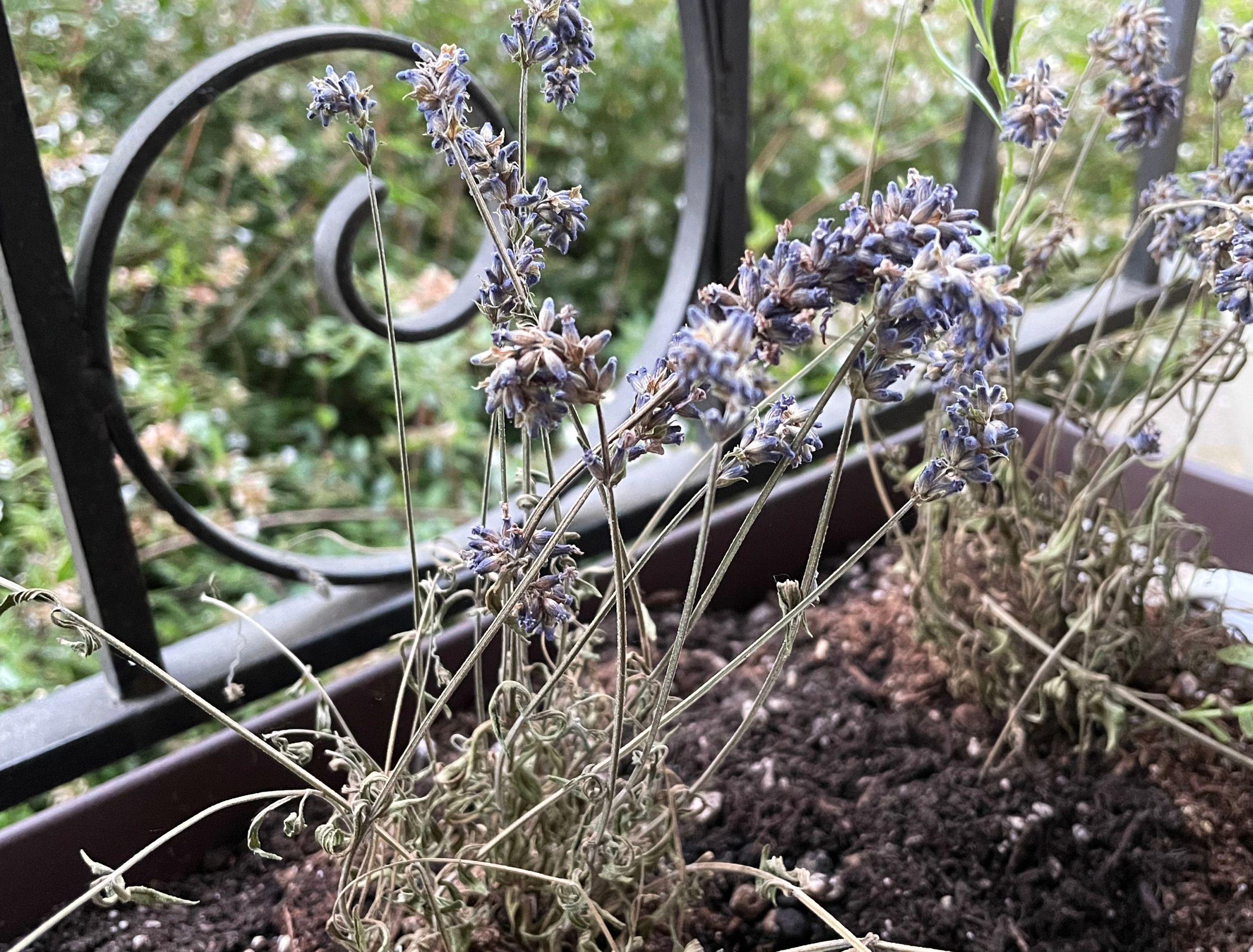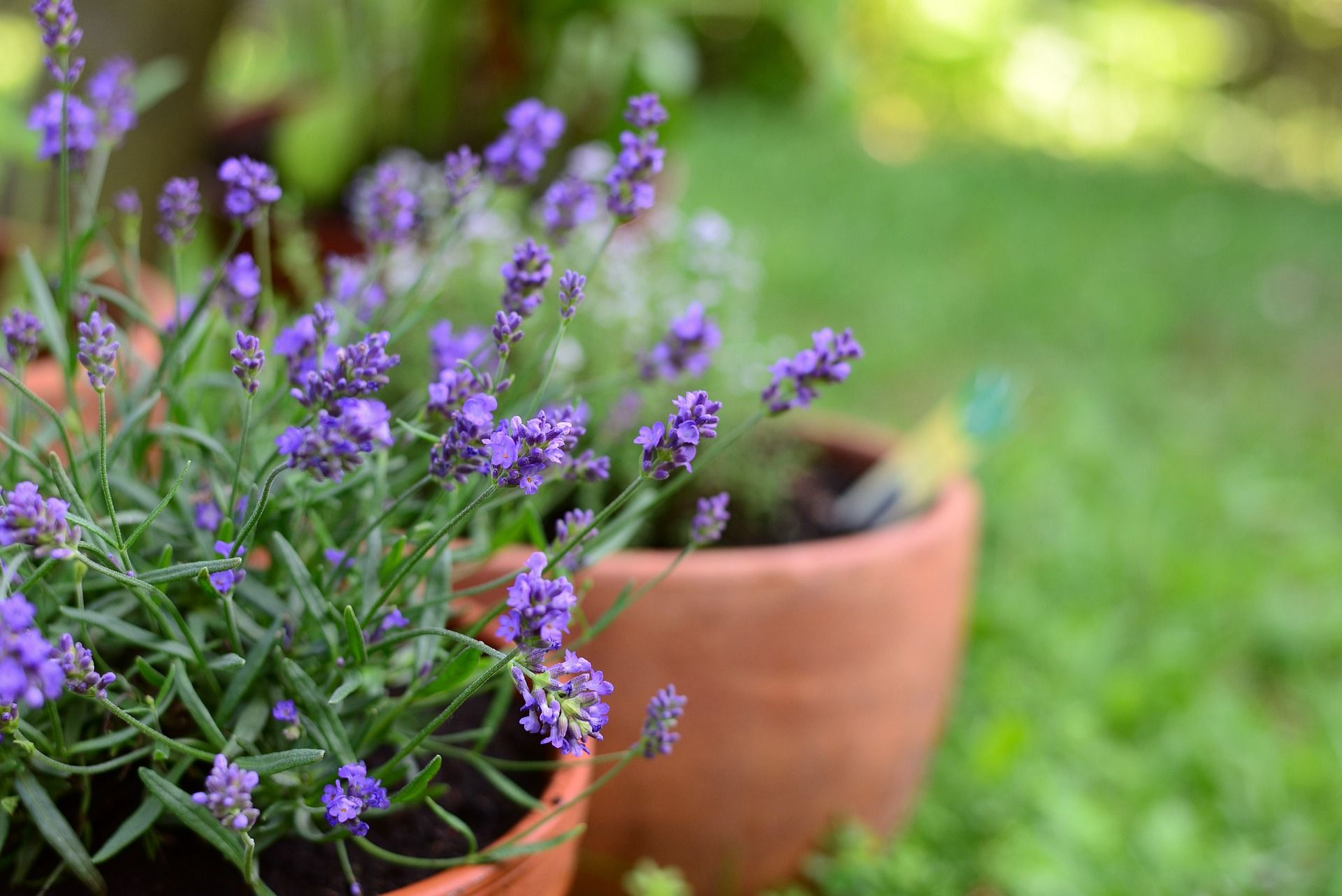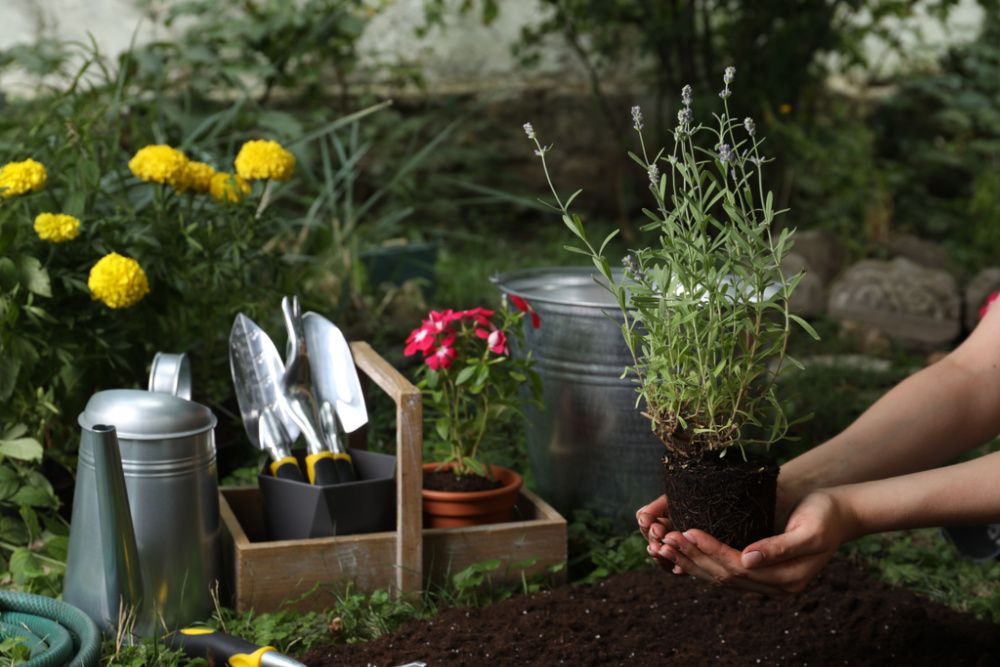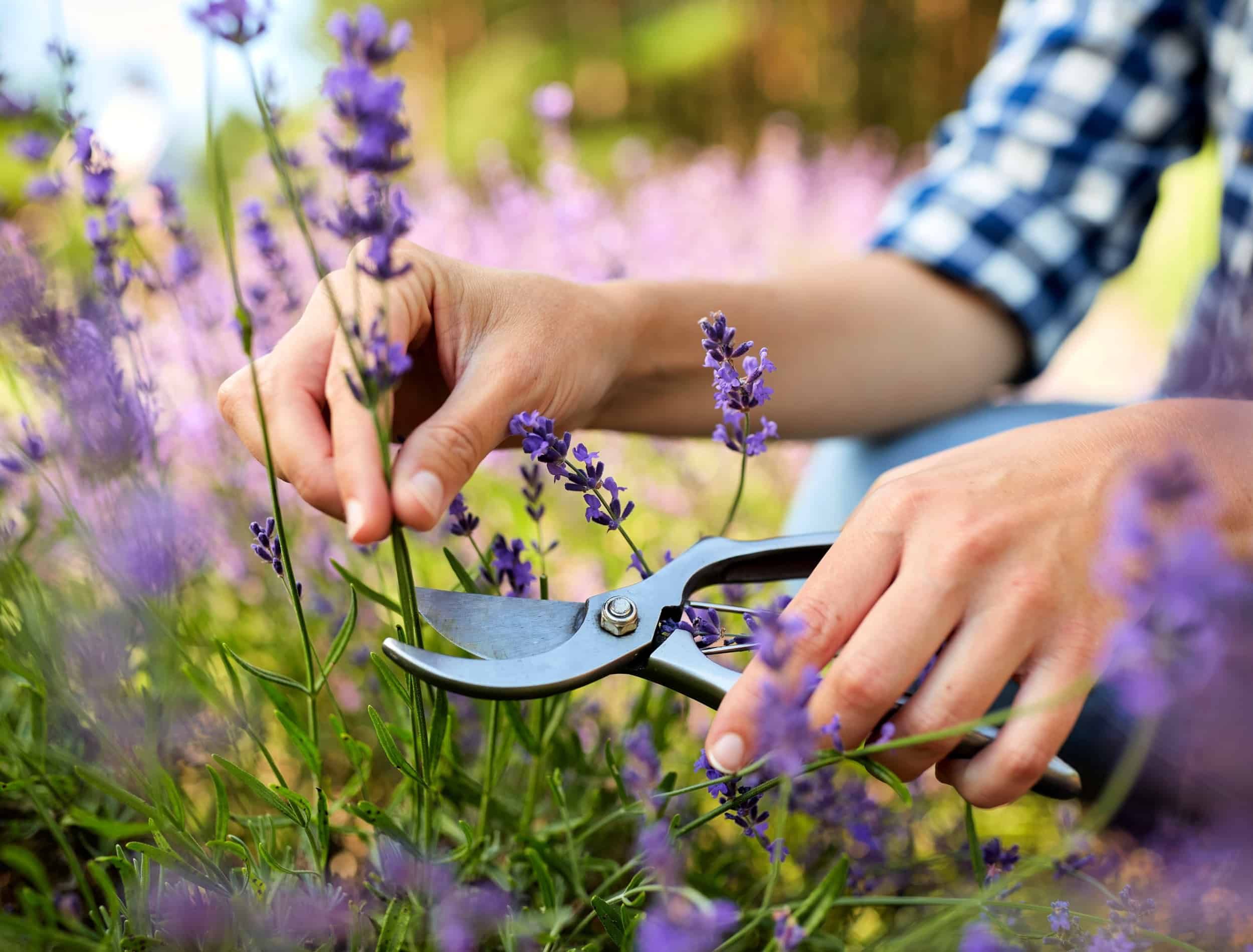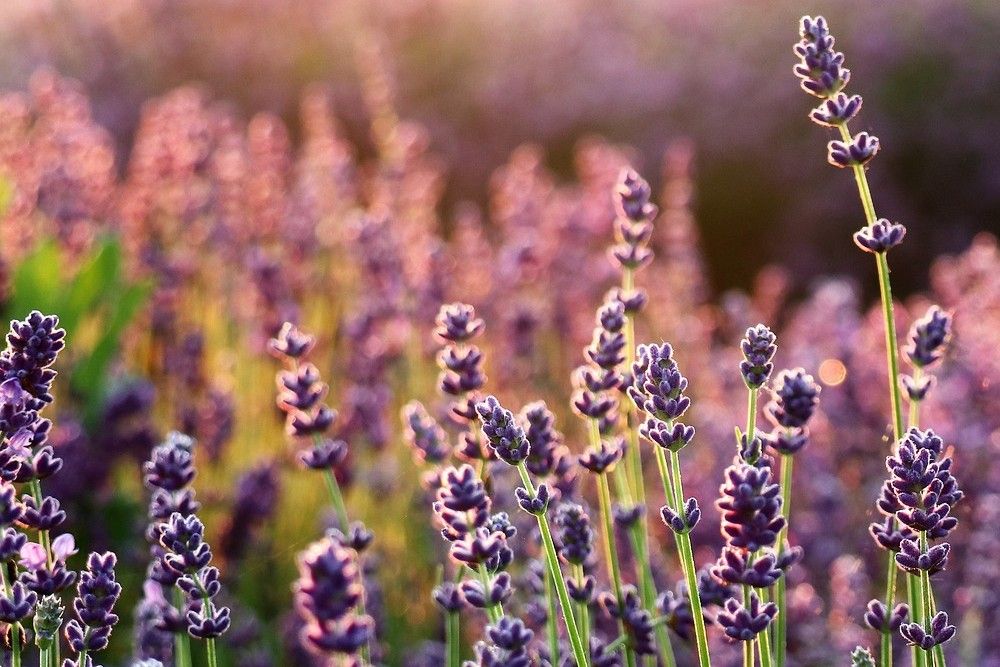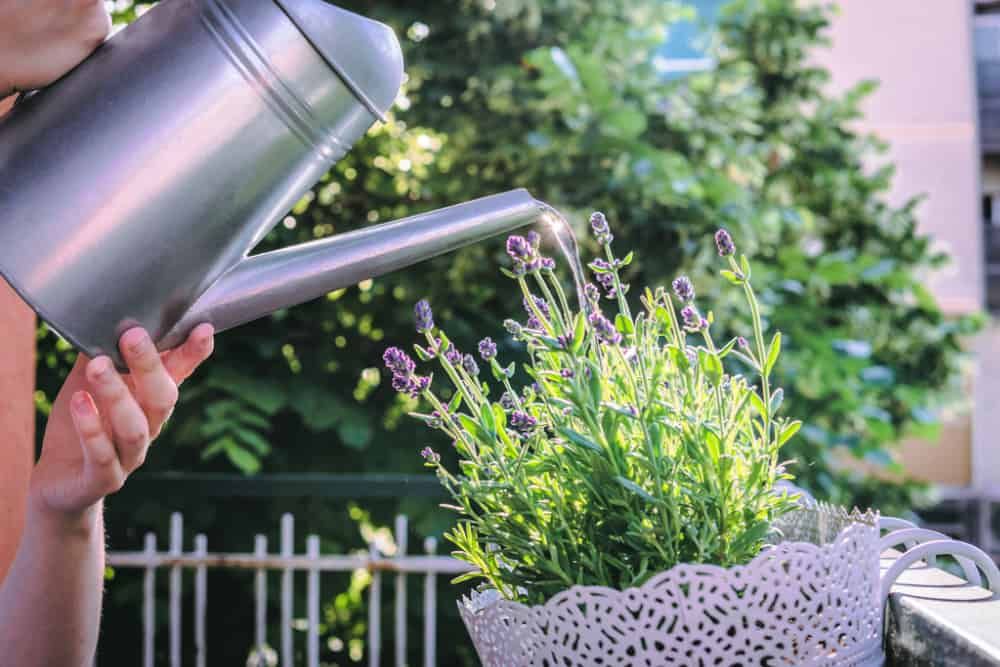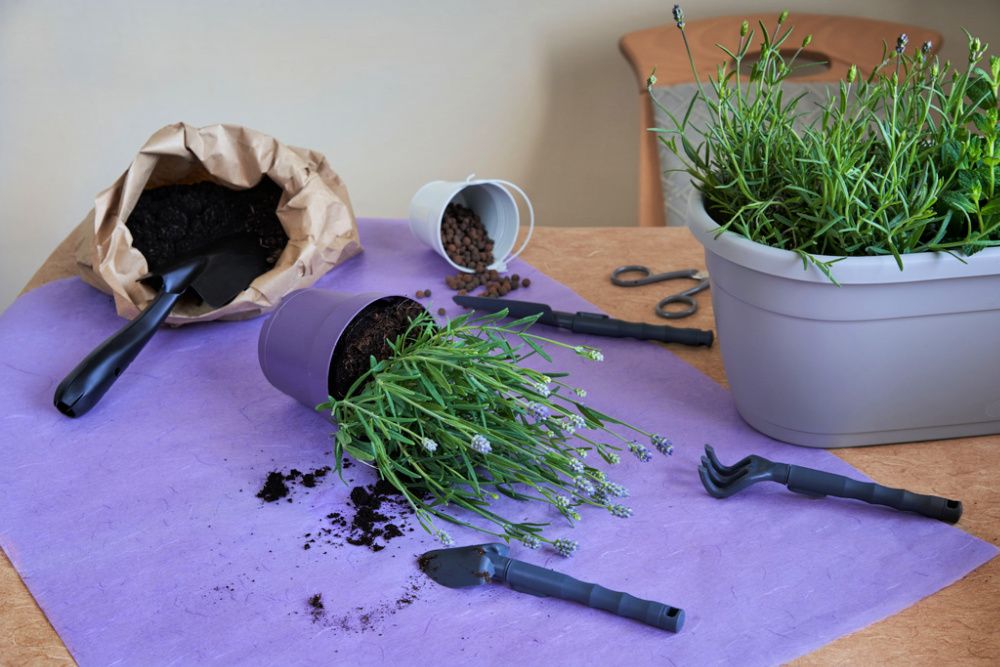A beautiful, aromatic, and valuable member of the mint family, lavender is generally easy to care for indoors and outdoors. Though resilient and drought-tolerant, like all plants, lavender is subject to common issues such as disease, pests, overwatering, and a lack of optimal conditions.
So, how can you identify the issue and bring your plant back to life? While several things may be ailing your plant, there are also many ways to solve the problems. It can be as simple as adjusting the growing conditions or fertilizing your plant to ensure it gets everything it needs.
Why Is Your Plant Dying?
Image credit: congerdesign via Pixabay
The first step in treating your lavender plants is figuring out what is wrong with them. Overwatering and poor drainage are common causes of plant death because they result in root rot. This is most notable through yellowing and wilting leaves, mushy stems, and moldy soil.
A poor soil mixture can also affect the plant's drainage, meaning the roots don't get the air or nutrients they need, resulting in browning or wilting leaves as well. A lack of sunlight, incorrect soil pH, too much pruning, and excessive fertilizer can also cause these issues. Depending on how you have been treating the plant, it should be simple to deduce what is affecting it.
Note: There are a variety of lavender plants, each of which is hardy in different zones. If your outdoor plant dies when the frost hits, it's likely not cold hardy in your area. You can wait until spring to see if it bounces back or replace it with another variety.
Tools You'll Need
Image credits: New Africa via Shutterstock
There are a few tools you'll need to revive your lavender plant. Fortunately, the essentials are likely already in your collection!
- Pruning shears
- Gardening gloves
- Well-draining soil
- Grow light or sunlight
- Watering can
- Pot with drainage
- Fertilizer
- Soil pH meter
How to Revive Your Lavender Plant
The steps you need to take to revive your lavender plant depends on the issue. With that established, saving your plant is pretty simple!
Pruning
Image credits: Ground Picture via Shutterstock
A lack of pruning can have a very negative impact on your lavender plants. The first year you plant the lavender, remove any new flowers as they bloom and use sharp pruning shears to cut 2 inches above soft wood to create a mound-type shape. Continue to harvest the blooms each year as the plant flowers, but avoid pruning away all the foliage, as this can kill the plant.
By spring, cut the foliage back a third to stimulate new growth. Only prune old wood if it is completely dead. In cooler seasons, only prune dead foliage and stems.
Lighting
Image credits: Mouse23via pixabay
A lack of light can result in scraggly and leggy growth with a scarcity of blooms, making it seem like the plant is dying. Insufficient light combined with too much water means the soil will dry out more slowly, resulting in root rot. Fortunately, this is a straightforward fix, especially if your plant is in a pot.
If you're growing the plant indoors, you can move it to a sunnier location with at least eight hours of sun each day or install a grow light nearby. You can move the pot to a spot with more sun if the plant is outdoors in a pot. But if it is in the ground, you will need to dig it up and transplant it to another spot
Watering and Improving Drainage
Image credits: Jaumigs via Shutterstock
Too much water and improper drainage are the most common issue with these drought-tolerant plants. If the plant is outdoors in an area with too much rain, consider planting the lavender in a pot or raised garden bed with well-draining soil. That way, you can have a designated sheltered location.
Otherwise, you should cut back on how often you water the plant. As a general rule of thumb, water when the first inch of soil is dry. Droopy and brown leaves are a sign of overwatering. If this is the issue, it is time to repot the plant and remove any damaged roots. If the soil is clay-based, it is best to repot and replace it with sandy, loamy soil mixed with perlite.
Soil Testing and Repotting
Image credits: ir_abella via Shutterstock
Yellow leaves, coupled with a build-up of salt on the soil's surface and a lack of flowers, are a sign of too much nitrogen or over-fertilizing. This means it's time to adjust your fertilizing routine. If you're unsure this is the issue, you can test the soil pH.
Lavender plants prefer a pH of around 6.5 to 7. You can add compost if the pH is too low, improving the soil's drainage.
Sandy soils with little nutrients are best for growing lavender, so avoid adding fertilizer or compost too regularly. If you fertilize with a granular fertilizer, remove the beads and flush out the plant with clean water. Otherwise, you need to repot the plant with fresh soil.
Bring Back the Lavender!
Lavender is a hardy and resilient plant, which generally doesn't require much attention. If your plant is on a downward spiral, you need to identify and resolve the issue. With a few changes in how you care for the plant, you should notice new growth and returning health.
Do you have any tips for reviving a dying lavender plant? Share in the comments below!

